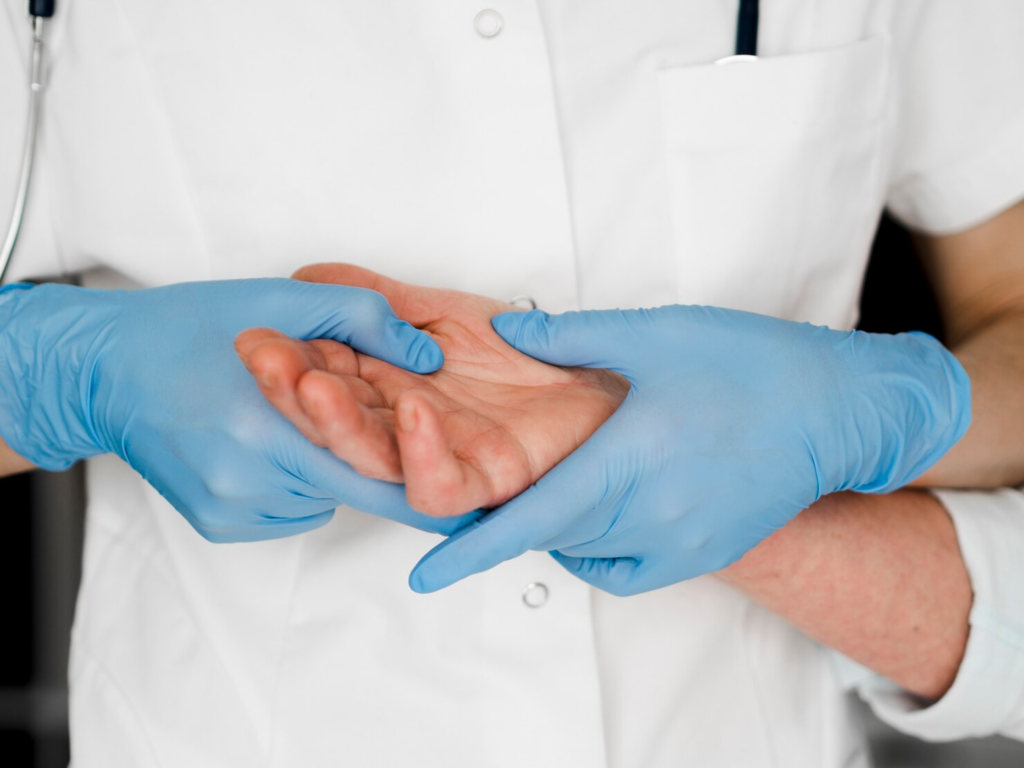A scaphoid fracture is one of the most common wrist injuries, particularly among active individuals or those who experience a fall onto an outstretched hand. When this type of fracture occurs, surgery may be necessary to restore proper wrist function and prevent long-term complications. If you are considering scaphoid fracture surgery or have been referred to a London hand specialist, understanding what to expect before and after the procedure can help you prepare both physically and mentally.
Understanding Scaphoid Fracture Surgery
The scaphoid is a small bone in the wrist that connects the two rows of carpal bones. Its position and limited blood supply make it prone to fractures that can be difficult to heal. Surgery is often recommended if the bone is displaced, fractured in multiple pieces, or not healing properly after initial treatment.
A London hand specialist will typically perform the procedure using a small screw or pin to stabilise the bone, ensuring proper alignment and promoting healing. In some cases, bone grafting may also be used to aid recovery, especially if the fracture is older or if non-union has occurred.
What to Expect Before Surgery
Consultation and Assessment

Before your operation, your hand specialist will perform a detailed assessment. This includes reviewing your medical history, examining your wrist, and conducting imaging tests such as X-rays, CT scans, or MRI scans. These tests help the surgeon evaluate the type and severity of your scaphoid fracture.
Preoperative Instructions
You may be advised to stop taking certain medications, such as blood thinners, prior to surgery. It’s also important to avoid eating or drinking for a set period before the procedure, as instructed by your healthcare team.
Your specialist will explain the surgical process, potential risks, and expected outcomes. This is a good opportunity to ask questions and clarify any concerns you might have about scaphoid fracture surgery.
Preparing Mentally and Physically
It’s normal to feel nervous before surgery. Taking time to prepare—such as arranging help at home, setting up a recovery area, and ensuring transport to and from the hospital—can make the experience less stressful. Many patients find comfort in understanding each step of the journey, which your London hand specialist can explain thoroughly.
During the Surgery
Anaesthesia and Procedure
Scaphoid fracture surgery is usually performed under general or regional anaesthesia. Once you are comfortable, the surgeon makes a small incision near the wrist to access the fractured bone. A metal screw or pin is inserted to secure the fragments together, promoting stability and healing.
If a bone graft is needed, a small piece of bone may be taken from your forearm or hip and placed in the fracture site to encourage bone growth.
Duration of Surgery
The procedure typically takes one to two hours, depending on the complexity of the fracture. After the surgery, your wrist will be immobilised in a cast or splint to protect it while the healing begins.
What to Expect After Surgery
Immediate Recovery
After the procedure, you will be monitored in the recovery room until the effects of anaesthesia wear off. Your wrist will be bandaged, and you may experience mild discomfort or swelling, which can be managed with prescribed pain relief.
Your London hand specialist will provide detailed instructions on how to care for your wrist and manage pain during the early recovery phase.
Wound Care and Follow-Up Appointments
It is important to keep the surgical site clean and dry until your specialist advises otherwise. Follow-up appointments are essential to monitor healing and remove any stitches or dressings. During these visits, your surgeon will likely take new X-rays to assess bone healing.
Physiotherapy and Rehabilitation
Once the fracture starts to heal, physiotherapy becomes a key part of your recovery. Gentle exercises help restore movement, flexibility, and strength in your wrist and hand. Your physiotherapist will guide you through safe exercises to prevent stiffness and promote full recovery.
Adhering to your rehabilitation plan is crucial, as regaining normal wrist function may take several months.
Possible Risks and Complications
Like any surgical procedure, scaphoid fracture surgery carries some risks. These may include infection, stiffness, delayed bone healing, or nerve irritation. However, working with an experienced hand specialist in London can help minimise these risks and ensure that you receive appropriate follow-up care.
If the bone fails to unite properly, a secondary surgery or bone graft may be necessary. Fortunately, advancements in surgical techniques and postoperative rehabilitation have significantly improved recovery outcomes for most patients.
Long-Term Recovery and Outlook
Most patients experience a gradual return to normal activities within three to six months, although full recovery may take up to a year, depending on the severity of the fracture. You may be advised to avoid heavy lifting or high-impact activities during this time to prevent re-injury.
Your London hand specialist will guide you on when it is safe to return to work, sports, or other physical tasks. With consistent follow-up care and adherence to rehabilitation exercises, long-term results are typically excellent.
When to Contact Your Specialist
After surgery, it’s important to monitor your wrist for any signs of complications such as increased pain, redness, swelling, or discharge from the incision site. If you experience any of these symptoms, contact your hand specialist immediately for advice.
Final Thoughts

Scaphoid fracture surgery can significantly improve wrist function and prevent long-term complications when performed by an experienced London hand specialist. Understanding what to expect before and after the procedure helps ensure a smoother recovery process.
By following medical advice, attending all follow-up appointments, and committing to physiotherapy, you can expect a successful outcome and a return to your regular activities over time.



